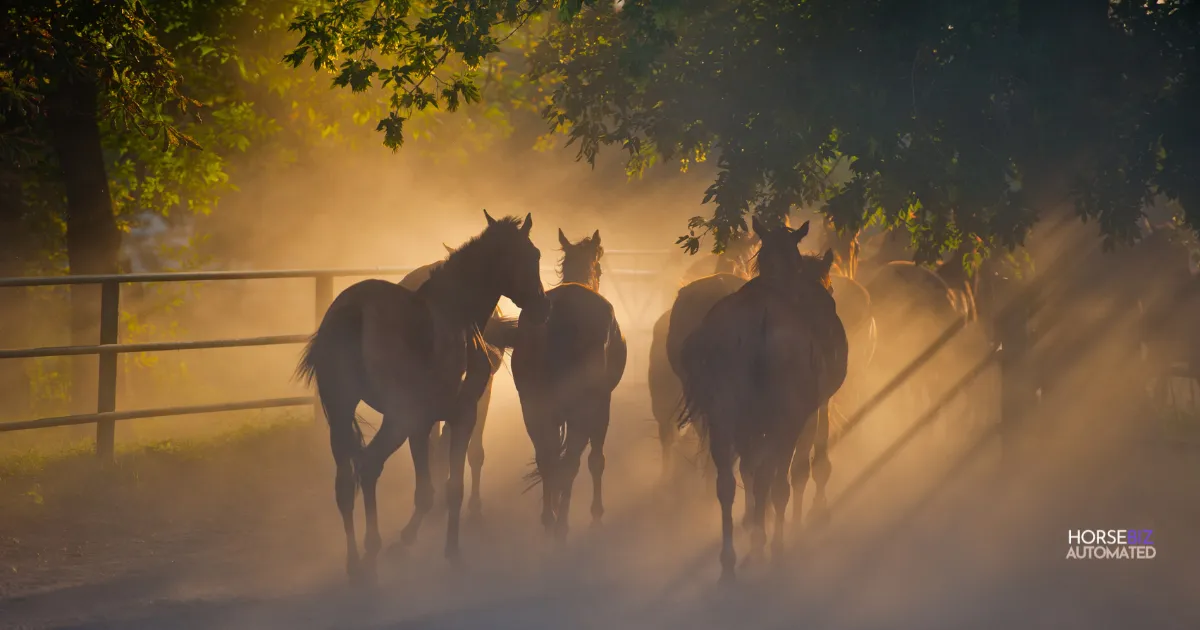BLOG

The Perfect Equine Course Idea
At HorseBiz Automated, we know that creating an online course can feel daunting, especially when you’re juggling all the demands of your business. But here’s the truth—deep down, you already have everything you need to create something meaningful.
Whether it’s the ethical, horse-first approach you stand for or the years of expertise you’ve gained, you have knowledge that’s needed in the world. We’re here to help you tap into that wisdom and share it in a way that empowers both you and your audience.
We believe in a stable business model—one that includes not just high-end one-on-one clients or workshops, but also online courses that provide a steady, scalable income stream. But how do you start? How do you come up with a course idea that feels authentic and truly solves a problem your audience faces? How do you find the perfect equine course idea? That’s where we come in.
Step One: Start with Your Expertise and Passion
It’s easy to overthink this step, but trust us— it’s simple. Start with what comes naturally to you. Ask yourself: What am I already known for? What do people seek my advice on? Whether it’s healing horses, managing clinics, or handling ethical horse training, there’s a niche in your knowledge-base that others need.
If you’re feeling overwhelmed, take a moment to pause. We’re all guilty of doubting our abilities at times, but remember: your expertise is valuable, and there’s someone out there who can benefit from it. The key is finding the intersection of your passion and what your audience needs. Think about the things you could talk about for hours without getting bored—those are the golden topics.
Step Two: Align Your Passion with Your Audience’s Needs
We get it. It’s hard to balance what you love with what you sell. But here’s the thing: your audience is already looking for solutions, and you may be just the person who can offer them. So, think back to the last time a client or colleague asked for your help. What were they struggling with? What keeps them up at night?
Maybe it’s the anxious horses they don’t know how to calm. Or perhaps it’s the challenge of running a clinic without feeling overwhelmed by marketing. Your course should answer the questions your audience is already asking—this way, your knowledge becomes a solution, not just additional information.
Step Three: Narrow and Refine Your Course Idea
Once you’ve identified your passion and matched it with a need, it’s time to focus. It’s tempting to try and teach everything at once, but the truth is, your course will be stronger if it solves one problem thoroughly.
We’ve seen it time and time again—overloading a course leads to burnout, for both you and your audience. Focus on one specific outcome. Maybe it’s a course on managing horse anxiety in stressful environments, or ethical marketing for horse clinics. Narrowing your topic will allow you to deliver clear, actionable results and create space for future courses.
Step Four: Validate Your Idea
Now that you have a refined idea, you need to make sure there’s a real demand for it. This is where we encourage you to lean into tools like AI to do some research. By scanning equine communities, forums, and social media, AI can help you see what common problems your audience is talking about.
Think of AI as your brainstorming partner—it can bring up angles you hadn’t thought of and help confirm whether your course idea is solving a real problem. This way, you’ll know your hard work will actually meet a need and make an impact.
Step Five: Create a Clear, Specific Outcome
The best courses don’t just teach—they transform. What specific change are you offering your students? What will they walk away with?
For example, if your course focuses on horse anxiety, the outcome might be: “By the end of this course, you will have the tools to successfully manage your horse’s anxiety using holistic methods.” Clear, outcome-focused language like this ensures your audience knows exactly what to expect—and it also keeps you focused on delivering the transformation they desire.
Remember, creating a course is a journey, not a destination. You don’t have to get it perfect the first time around. Each course is an opportunity to refine, learn, and grow—both for you and your students.
At HorseBizAutomated, we believe in the power of ethical, heart-centered business practices. We’re here to support you every step of the way, whether it’s refining your course idea or helping you with the tech frustrations that can come with building it. Together, we can help you create something that aligns with your values, serves your audience, and grows your business.
You’ve got this, and we’ve got you.
P.S. Ready to take the first step? Join our FREE 5-Day Challenge: Create Your Perfect Equine Course Outline, starting on October 14th!

The Perfect Equine Course Idea
At HorseBiz Automated, we know that creating an online course can feel daunting, especially when you’re juggling all the demands of your business. But here’s the truth—deep down, you already have everything you need to create something meaningful.
Whether it’s the ethical, horse-first approach you stand for or the years of expertise you’ve gained, you have knowledge that’s needed in the world. We’re here to help you tap into that wisdom and share it in a way that empowers both you and your audience.
We believe in a stable business model—one that includes not just high-end one-on-one clients or workshops, but also online courses that provide a steady, scalable income stream. But how do you start? How do you come up with a course idea that feels authentic and truly solves a problem your audience faces? How do you find the perfect equine course idea? That’s where we come in.
Step One: Start with Your Expertise and Passion
It’s easy to overthink this step, but trust us— it’s simple. Start with what comes naturally to you. Ask yourself: What am I already known for? What do people seek my advice on? Whether it’s healing horses, managing clinics, or handling ethical horse training, there’s a niche in your knowledge-base that others need.
If you’re feeling overwhelmed, take a moment to pause. We’re all guilty of doubting our abilities at times, but remember: your expertise is valuable, and there’s someone out there who can benefit from it. The key is finding the intersection of your passion and what your audience needs. Think about the things you could talk about for hours without getting bored—those are the golden topics.
Step Two: Align Your Passion with Your Audience’s Needs
We get it. It’s hard to balance what you love with what you sell. But here’s the thing: your audience is already looking for solutions, and you may be just the person who can offer them. So, think back to the last time a client or colleague asked for your help. What were they struggling with? What keeps them up at night?
Maybe it’s the anxious horses they don’t know how to calm. Or perhaps it’s the challenge of running a clinic without feeling overwhelmed by marketing. Your course should answer the questions your audience is already asking—this way, your knowledge becomes a solution, not just additional information.
Step Three: Narrow and Refine Your Course Idea
Once you’ve identified your passion and matched it with a need, it’s time to focus. It’s tempting to try and teach everything at once, but the truth is, your course will be stronger if it solves one problem thoroughly.
We’ve seen it time and time again—overloading a course leads to burnout, for both you and your audience. Focus on one specific outcome. Maybe it’s a course on managing horse anxiety in stressful environments, or ethical marketing for horse clinics. Narrowing your topic will allow you to deliver clear, actionable results and create space for future courses.
Step Four: Validate Your Idea
Now that you have a refined idea, you need to make sure there’s a real demand for it. This is where we encourage you to lean into tools like AI to do some research. By scanning equine communities, forums, and social media, AI can help you see what common problems your audience is talking about.
Think of AI as your brainstorming partner—it can bring up angles you hadn’t thought of and help confirm whether your course idea is solving a real problem. This way, you’ll know your hard work will actually meet a need and make an impact.
Step Five: Create a Clear, Specific Outcome
The best courses don’t just teach—they transform. What specific change are you offering your students? What will they walk away with?
For example, if your course focuses on horse anxiety, the outcome might be: “By the end of this course, you will have the tools to successfully manage your horse’s anxiety using holistic methods.” Clear, outcome-focused language like this ensures your audience knows exactly what to expect—and it also keeps you focused on delivering the transformation they desire.
Remember, creating a course is a journey, not a destination. You don’t have to get it perfect the first time around. Each course is an opportunity to refine, learn, and grow—both for you and your students.
At HorseBizAutomated, we believe in the power of ethical, heart-centered business practices. We’re here to support you every step of the way, whether it’s refining your course idea or helping you with the tech frustrations that can come with building it. Together, we can help you create something that aligns with your values, serves your audience, and grows your business.
You’ve got this, and we’ve got you.
P.S. Ready to take the first step? Join our FREE 5-Day Challenge: Create Your Perfect Equine Course Outline, starting on October 14th!

© Copyright *HorseBizAutomated 2024
